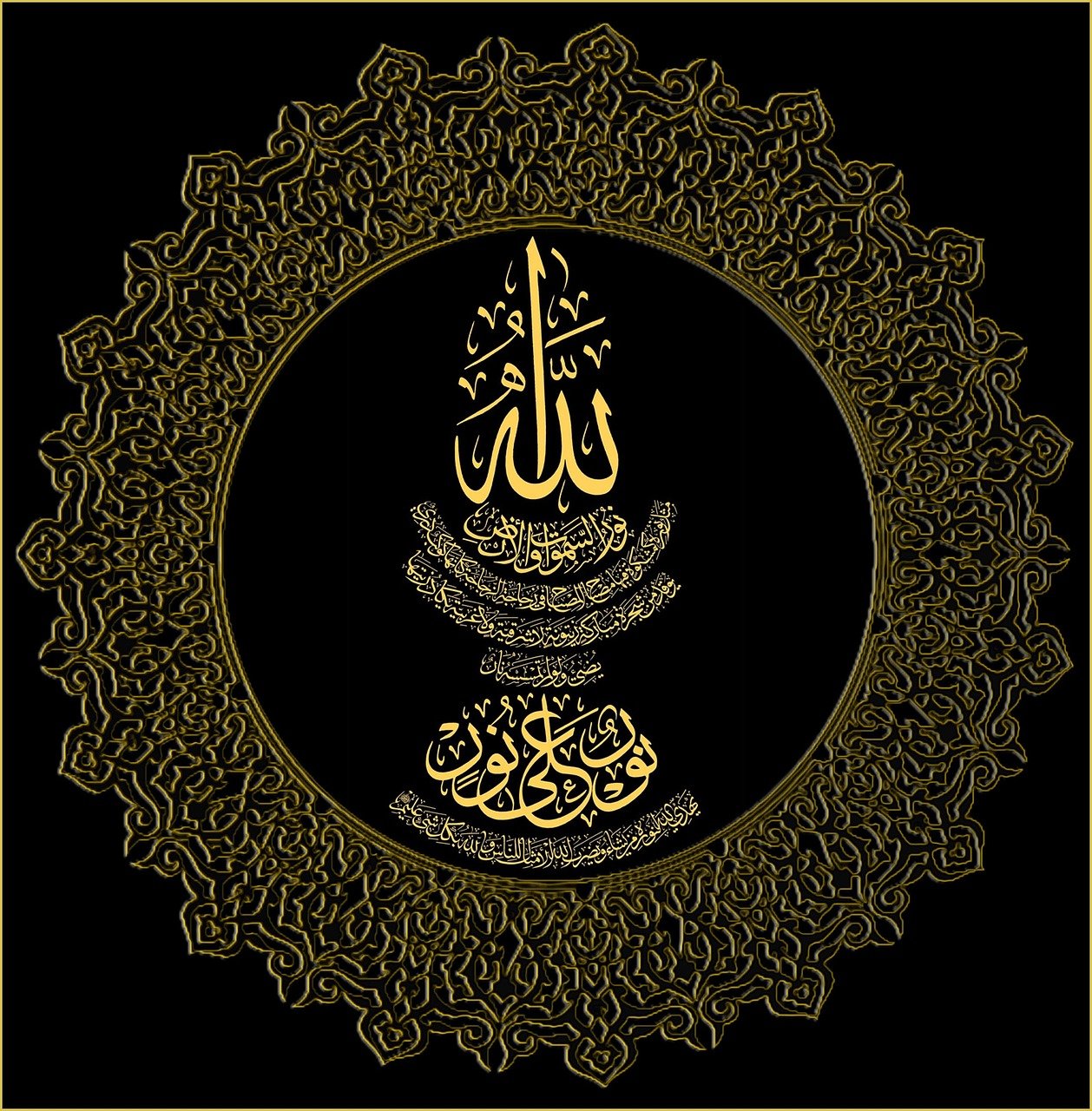Interaction of cultures
About the fusion of the state and religion
Islam developed in the conditions of a closer fusion of religion and state policy than Christianity. This was reflected in his culture.
The Prophet, emirs, caliphs, representatives of local authorities throughout history were both political and religious leaders of the people.
The duty of any official was to coordinate his actions with the norms of the Koran, that is, to submit to the leading role of the clergy.
For many centuries, the influence of Islam on culture has been immeasurable. It was a factor that determined the stagnant nature of public life in Islamic countries, their lagging behind in the scientific and technical sphere.
Grammar, astronomy, mathematics and other branches of knowledge developed as applied sciences to religious disciplines. For many Muslims today, the word of Allah is more important than any of the scientific truths.
All aspects of the life of a Muslim for many centuries were subject to religious traditions, largely related to the sphere of everyday life and family.
The main requirement, which, according to custom, the faithful are obliged to adhere to, was the need to be obedient to Allah, to keep their spirit, body, and home clean.

The main features of Islamic culture
The cultures of peoples who profess Islam are distinguished by the presence of the following common features:
- God-centeredness;
- equality, tolerance, fraternity;
- orientation to morality, human dignity;
- dynamism, progressiveness, orientation to the world, denial of asceticism; tolerance for foreign faith, culture.
The development of sciences
The scientific view of the structure of the Universe nevertheless made its way into the culture of Islam. However, his path, in comparison with Western European countries, turned out to be longer and more difficult.
The factor hindering the development of the science and culture of Islam was the aspiration of theologians to rigidly define the boundaries of the cognizability of the universe. But even despite the difficulties of relations between the clergy and researchers, the latter created discoveries that were in many ways ahead of their time.
The official authorities provided scientists with their patronage. In large cities (Cairo, Baghdad, Cordoba), higher schools (madrasas) functioned, similar to universities in Europe. Large libraries were established in the capitals of many caliphates.
The scientists of Samarkand, Baghdad, Damascus, in which large observatories were built, discovered many celestial bodies.
The achievements and successes of the Arab (Islamic) culture had a powerful impact on the level of development of many countries, including the cultural centers of Europe. In the Middle Ages, exact sciences and philosophy were highly developed in the countries of Islam, the level of representatives of science significantly exceeded the level of their European counterparts.
Medieval Arab scholars gave the world: decimal calculus; alchemy; algebra. Arabs and Byzantines studied and translated the works of ancient Greek, ancient Indian classics, scientists from other countries.
Thanks to Latin translations from Arabic, Europeans got acquainted with the works of Aristotle, Hippocrates, Euclid, Ptolemy.
In medicine, Arab scientists not only mastered the experience of antiquity, but also significantly surpassed it. They used vivisection methods in their work, studied anatomy, medicines, as well as the features of the course of diseases.
Avicenna (Ibn Sina, 980-1037) gained great fame in Eastern and European countries. Avicenna Up to the XVI century. European doctors used his “Canon of Medical Science” as a reference book. Avicenna suggested that diseases were transmitted by “small animals” indistinguishable to the eye.

This discovery for eight centuries anticipated the teachings of the microbiologist and infectious disease specialist L. Pasteur. The medieval mathematician Al Khorezmi (787-c. 850) created outstanding works on algebra.
He solved practical problems with the help of algebraic calculations: measurements of the earth; operations in trade; inheritance section. The scientist created an algorithm, improved the calculation of areas, volumes, calculated the size of the Earth, recognized as a spherical body.
The achievements of the Arabs in philosophy received general recognition in the scientific world. It is known that in the 8th century, adherents of the Kadarites movement doubted the statement about the fatal predestination of human destiny, the possibilities of knowledge.
In contrast to them, Avicenna assured that it is possible to know the world. Scientists denied the existence of miracles, as well as the idea of creating nature by the Lord from the void.
A huge contribution to the advancement of world science was also made by the works of Muslim economists, geographers, and historians.
On the reasons for the high achievements of scientists in the conditions of the official dogma The explanation for the fact that, contrary to the official dogmatic worldview, the Arab scientists, who lived in different countries of the caliphate, managed to significantly expand the boundaries of knowledge, is that they acted despite the condemnation of the Muslim clergy.
Researchers explain the unprecedented rise of Islamic art and culture with the same reasons. The Artistic Culture of Islam In order to increase its influence on believers, Islam has been using
